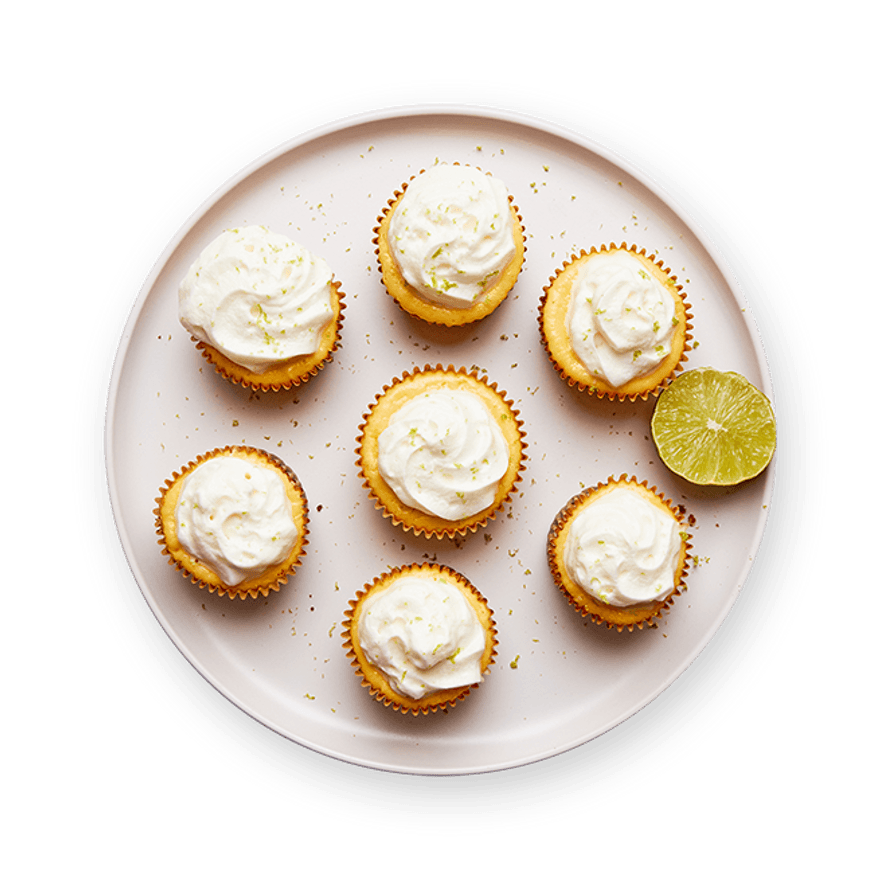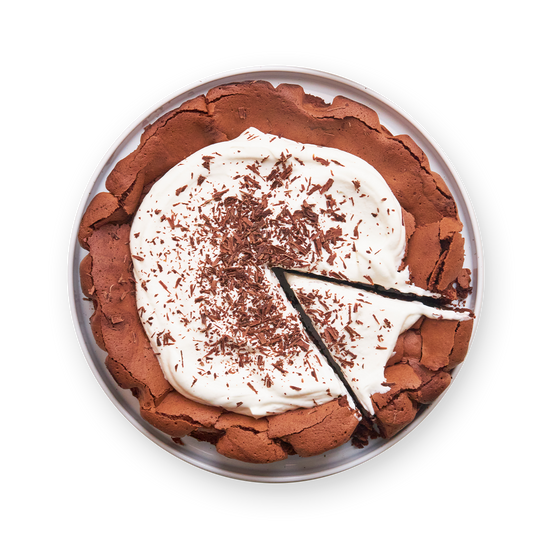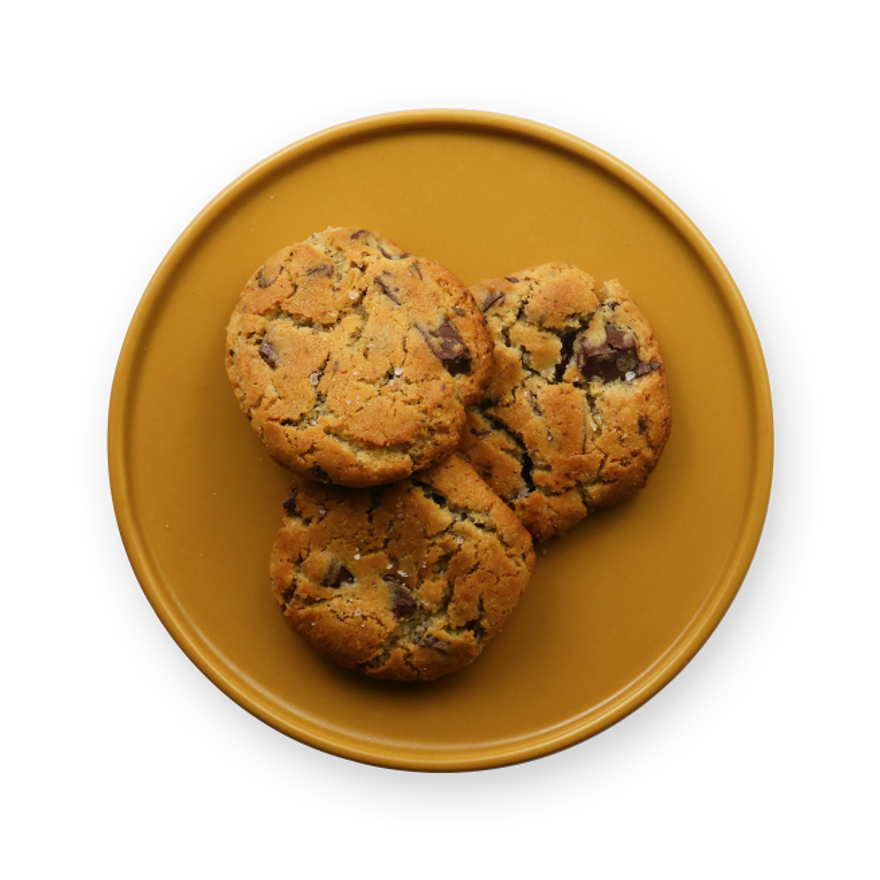To make better desserts, it is important to have fresh cupcake decorating ideas. You can also enhance your baking skills by making the perfect chocolate soufflé and mastering techniques to create fluffy cakes. Another crucial aspect is measuring ingredients accurately, which can significantly impact the final result. Additionally, for gluten-free baking, exploring alternative flours can help achieve delicious results.
What Are Fresh Cupcake Decorating Ideas?

One way to push the boundaries of cupcake decorating is by incorporating unexpected flavors into your frostings. Infusing buttercream with extracts like almond, peppermint, or even more adventurous ones like lavender and rosewater can create an exotic taste experience. For an adult twist, a hint of liqueur or spirits such as rum, bourbon, or Bailey's Irish Cream can add a sophisticated kick. Along with flavor, the frosting can also carry colors and designs that mirror or complement these innovative tastes, making for a multi-sensory delight.
Sculpting with Sugar
Sugar art offers a world of possibility when it comes to cupcakes. Techniques like pulled sugar can yield delicate, glass-like structures perfect for an avant-garde presentation. Another option is to craft colorful, edible cupcake toppers using sugar paste or sculpted candies. Taking the time to create small sugar figures or abstract shapes not only adds visual impact but also showcases a high level of skill and creativity on a miniature canvas.
Delicate Piped Details
For refined and intricate decorations, perfect your piping skills to create elaborate designs on top of your cupcakes. Using a precision tip, you can pipe lacy patterns, detailed floral motifs, or even miniature mandalas. Metallic edible paint or dust can be brushed onto piped details to give them a shimmering finish. The elegance of these meticulously crafted designs can turn a simple cupcake into an exquisite treat worthy of high tea or a formal event.
Incorporating Unexpected Toppings
Be bold and go beyond the traditional sprinkles and chocolates by using unexpected toppings that can add texture and visual appeal. Consider toppings like freeze-dried fruit for a pop of color and tartness, crushed pretzels for a salty crunch, or even edible glitter and pearls for a touch of glamour. You can also use thinly sliced fruit or vegetable chips, like beet or sweet potato, placed artfully atop your cupcakes for an organic look that'll captivate the audience.
Savory-Sweet Fusions
Blend the lines between savory and sweet by adorning your cupcakes with condiments typically found in savory dishes. A swirl of cream cheese frosting can be enhanced with a hint of herbs like thyme or basil, and crowned with a small sprig for decoration. Bacon bits atop maple frosting can provide a delightful surprise and an irresistible combination of salty and sweet for brunch-themed cupcakes. Even a tiny piece of candied, spiced, or pickled fruit can present a flavor contrast that's both unexpected and harmonious.Remember, the key to fresh cupcake decorating ideas is to have fun and let your creativity flow. Experiment with different flavors, colors, and textures to create unique and eye-catching cupcakes that will impress everyone who takes a bite.
How To Make the Perfect Chocolate Soufflé?

Making a chocolate soufflé may seem intimidating, but with the right technique and a little practice, you can create a decadent and impressive dessert that will wow your guests. Here's a step-by-step guide to making the perfect chocolate soufflé:
Crafting the Soufflé Base
The first step to a successful chocolate soufflé is creating a smooth, flavored base. Typically, this involves a combination of melted chocolate and a silky roux—a cooked mix of butter and flour—to which milk is added to achieve a thickened chocolate sauce. This base should be glossy and smooth, without any lumps. Quality chocolate is key; opting for a high cocoa content will yield a richer taste. To enhance the flavor further, ingredients like a splash of pure vanilla extract or a pinch of espresso powder can be incorporated.
Incorporating the Eggs Correctly
Eggs are the magical components crucial to a soufflé's rise. Separating the yolks from the whites allows for two different additions to the base. Yolks are generally mixed into the chocolate base to enrich it, lending a velvety texture and depth of flavor. The whites, on the other hand, are whipped into stiff peaks and then carefully folded into the mixture. This step requires a gentle touch to avoid deflating the air bubbles which provide the soufflé its characteristic loftiness. Ensuring that your folding technique is as delicate as possible will help maintain the volume achieved from whipping the egg whites.
The Subtleties of Baking
Heat is a make-or-break element in the baking process of soufflés. The oven should be properly preheated to ensure an even, hot environment that causes the air in the whipped egg whites to expand. Moreover, resist the temptation to open the oven door while the soufflés are baking; this could cause a drop in temperature and lead to an unwanted collapse. Ideal baking results in a soufflé that rises well above the rim of the dish, displaying a slightly crisp exterior and an oozing, melt-in-your-mouth center.
Post-Baking Presentation
Presentation is paramount with chocolate soufflés, which should ideally be served immediately after baking to appreciate their height and ethereal texture. They are notorious for deflating quickly; hence, timing is everything. To present, dust the tops with confectioners' sugar for a touch of elegance and serve with a light accompaniment, like fresh cream or fruit coulis, to contrast the rich chocolate. Understanding the delicate nature of this dessert means embracing its ephemeral beauty, serving it swiftly and savoring its fleeting perfection.
Remember, making a perfect chocolate soufflé takes practice, so don't be discouraged if your first attempt doesn't turn out exactly as you hoped. With each try, you'll gain more confidence and improve your technique. Enjoy the process and savor the delicious results!
How Do I Make Better, Fluffier Cakes?

Making a fluffy and delicious cake is a goal that many bakers aspire to achieve. With a few tips and tricks, you can elevate your cake-baking skills and create cakes that are light, airy, and absolutely scrumptious.
Understanding the Importance of Airiness in Cakes
Fluffy cakes are prized for their light, airy texture, a result of incorporating air into the batter. This delicate crumb sets them apart from denser cakes, creating a melt-in-your-mouth experience frequently desired in desserts like angel food cake, chiffon, or a classic sponge. Achieving this consistency transcends basic mixing; it involves careful attention to ingredient choices, proportions, and mixing techniques, all contributing to the final airy quality of the cake.
Perfecting the Leavening Agents
Leavening agents, such as baking powder or baking soda, are chemical raising agents that produce carbon dioxide when mixed with liquid and heated. This gas expands within the batter, creating bubbles that give the cake its lift and fluffiness. To ensure the best rise, use fresh leavening agents and measure them accurately according to the recipe. Additionally, understand that too much leavening can cause the cake to rise rapidly and then deflate, while too little may not provide enough lift.
The Right Mixing Technique
The method of mixing the cake batter can significantly affect its texture. Creaming butter and sugar together until light and fluffy is essential as it incorporates air, which expands during baking, contributing to the cake's rise. For recipes that call for beaten egg whites, make sure to whip them to the correct consistency—usually soft or stiff peaks—and fold them gently into the batter to preserve the air bubbles. Overmixing can deflate the batter and lead to a denser cake, so once the flour is added, mix only until the ingredients are just combined.
Proper Ingredient Temperatures
Ingredient temperature can influence the batter's ability to trap air. Room temperature ingredients blend more easily, facilitating the creation of an emulsion that traps air. Eggs, in particular, have the capacity to incorporate more air when at room temperature; they'll whip up higher and faster than cold eggs. Similarly, butter that's too cold won't cream well with sugar, and dairy products that are too warm may not produce the desired volume. Aiming for a consistent, moderate temperature with ingredients yields the best environment for making a fluffy cake.
By following these tips and techniques, you can make better, fluffier cakes that will impress your family and friends. Remember to have fun and enjoy the process of baking, because a little bit of love and joy always makes everything taste better!
What Are the Best Practices for Measuring Ingredients in Baking?

Baking is an exact science that demands precise measurements for consistent results. Unlike cooking, where there's often room to improvise, baking recipes are formulaic, and the right ratios of ingredients are crucial. A digital scale trumpets measuring cups in accuracy, especially for flour and sugar. Since a cup of flour can weigh differently depending on how it's scooped, weighing it ensures exactness every time. Starting with the measurements provided by the recipe — typically in grams or ounces — is the first step toward perfect baked goods.
The Importance of Temperature
Temperature plays a pivotal role not only in baking but in ingredient measurements as well. Ingredients like butter and milk should be at the temperature specified by the recipe, as this affects how they combine with other components. In terms of measuring, using a digital thermometer can ascertain the precise warmth of liquids that yeast or other leavening agents may require for activation. Always allow ingredients that need to be at room temperature to adapt before beginning your baking process for the best outcome.
Volume vs. Weight
Understanding the difference between volume and weight is vital in baking. Volume measures the space that an ingredient occupies, while weight measures its heaviness. Since ingredients have different densities, a cup of one substance won't weigh the same as a cup of another. For instance, a cup of cocoa powder will be much lighter than a cup of honey. Where possible, follow the weight measurements for greater precision, as this accounts for the density variation and provides accurate ratios for the recipe.
Aerating Dry Ingredients
Before measuring flour or confectioners' sugar, it is important to aerate them. These ingredients tend to compact in their containers, so fluff them up with a spoon before spooning into a measuring cup and leveling off the excess. This ensures a lighter, more accurate measure and prevents incorporating too much into your mix, which could yield dense, dry results.
The Role of Liquid Ingredients
Measuring liquid ingredients requires a different approach. Use clear measuring cups designed for liquids and check at eye level to ensure the correct amount. Pouring liquids into a measuring spoon over a bowl or sink will avoid overfilling, and thus, incorporating too much liquid into the mixture. This precision will protect the delicate balance needed in recipes, especially those that rely on specific moisture content for the desired texture.
Consistent Measuring Techniques
Finally, consistency in measuring techniques throughout the entire baking process is key. If you start with a measuring cup, use that same cup for all volume measurements to keep consistency. Similarly, if you begin with a digital scale, use it for weighing all your ingredients. Uniformity in measuring will contribute to the reliability of your baking results, ensuring that every batch comes out as intended.
By following these best practices for measuring ingredients in baking, you can ensure consistent and accurate results in your baked goods. Remember, precision is key when it comes to creating delicious treats!
What Are Some Alternative Flours for Gluten-Free Baking?

For those following a gluten-free diet or with gluten sensitivities, there are several alternative flours available that can be used in baking to create delicious and satisfying treats. Here are some popular options:
Adapting to Alternative Ingredients
The shift to gluten-free baking often involves both a learning curve and an exercise in creativity, as traditional wheat flours are replaced with non-gluten options. While the absence of gluten presents challenges, particularly in achieving comparable textures and flavors, embracing a variety of whole food ingredients can offer health benefits and a new palette of tastes. Rather than relying on highly refined starches, one can explore the naturally gluten-free world of alternative flours and binding agents that offer structural integrity to baked goods. Patience and experimentation are crucial, as gluten-free baking can be as much a science as it is an art.
Understanding Gluten's Role
Gluten, the protein found in wheat, rye, and barley, plays a significant role in baking by providing elasticity and structure to dough and batter. Its absence necessitates the exploration of other methods to replicate those qualities, without compromising on taste or texture. This often ends up being a balancing act, where various ingredients are combined to mimic the distinctive properties of gluten. Success here lies in appreciating gluten's role and thoughtfully selecting and combining gluten-free ingredients to achieve a comparable end product.
Mastering New Techniques
The methods and techniques used in gluten-free baking are often different from those of traditional baking. For example, gluten-free batter and dough might require more moisture or a different fat-to-flour ratio. To achieve the desired rise, you may need to experiment with different leavening agents or extend the baking time at a specific temperature. Developing skill in these techniques demands patience, but becomes more intuitive with experience and a willingness to adapt.
Proactive Texture Management
Texture is a primary concern in gluten-free baking. Gluten-free baked goods can sometimes be crumbly, dry, or too dense. To counteract this, one could use xanthan gum or guar gum to bind ingredients together, or incorporate eggs and hydrocolloids that can provide structure and moisture. Many successful gluten-free bakers learn to finesse their recipes with such additives, or natural hydrating ingredients like apple sauce or mashed banana, to ensure a satisfying, moist crumb.
Flavor Enhancement Strategies
Without the malty flavors that wheat flour imparts, gluten-free baked goods may need a boost in flavor. This can come through the addition of nuts, seeds, spices, or fruit purees. Not only do these components add flavor complexity, but they can also improve nutritional profiles and introduce new textures. Creating a multi-dimensional flavor profile can be achieved by enhancing your gluten-free creations with carefully chosen add-ins to ensure each bite is both delicious and memorable.
When using alternative flours in gluten-free baking, it's important to note that they may have different properties than traditional wheat flour. They may require additional binding agents, such as xanthan gum or guar gum, to help with texture and structure. It's also important to follow specific recipes designed for gluten-free baking to ensure the best results.
Step Up Your Baking Game with Jow!

Discover the art of baking with Jow! From fresh cupcake decorating ideas to perfecting chocolate soufflés and fluffy cakes, our tips will help you excel. Master accurate measurements and explore gluten-free alternatives like almond and coconut flour. Ready to impress with your baking skills? Download the Jow App for fantastic recipe ideas and grocery delivery that will turn you into a baking sensation! Download the Jow App for Android or for Apple
